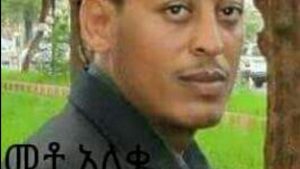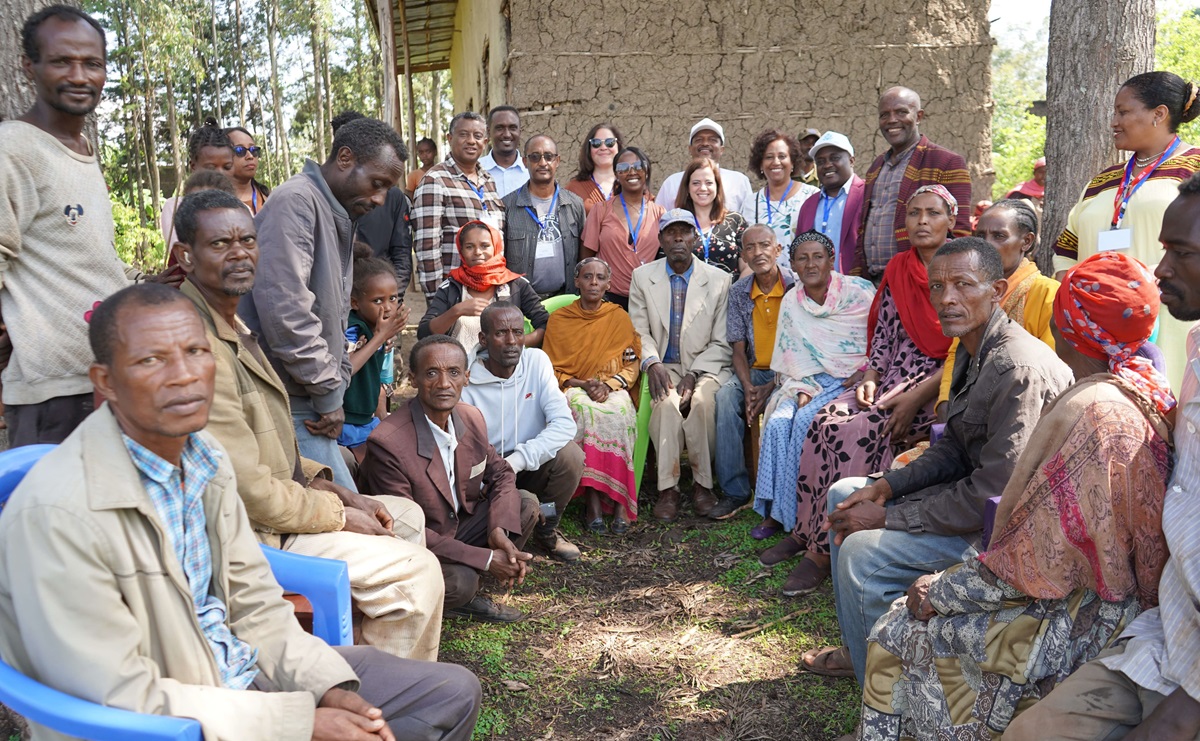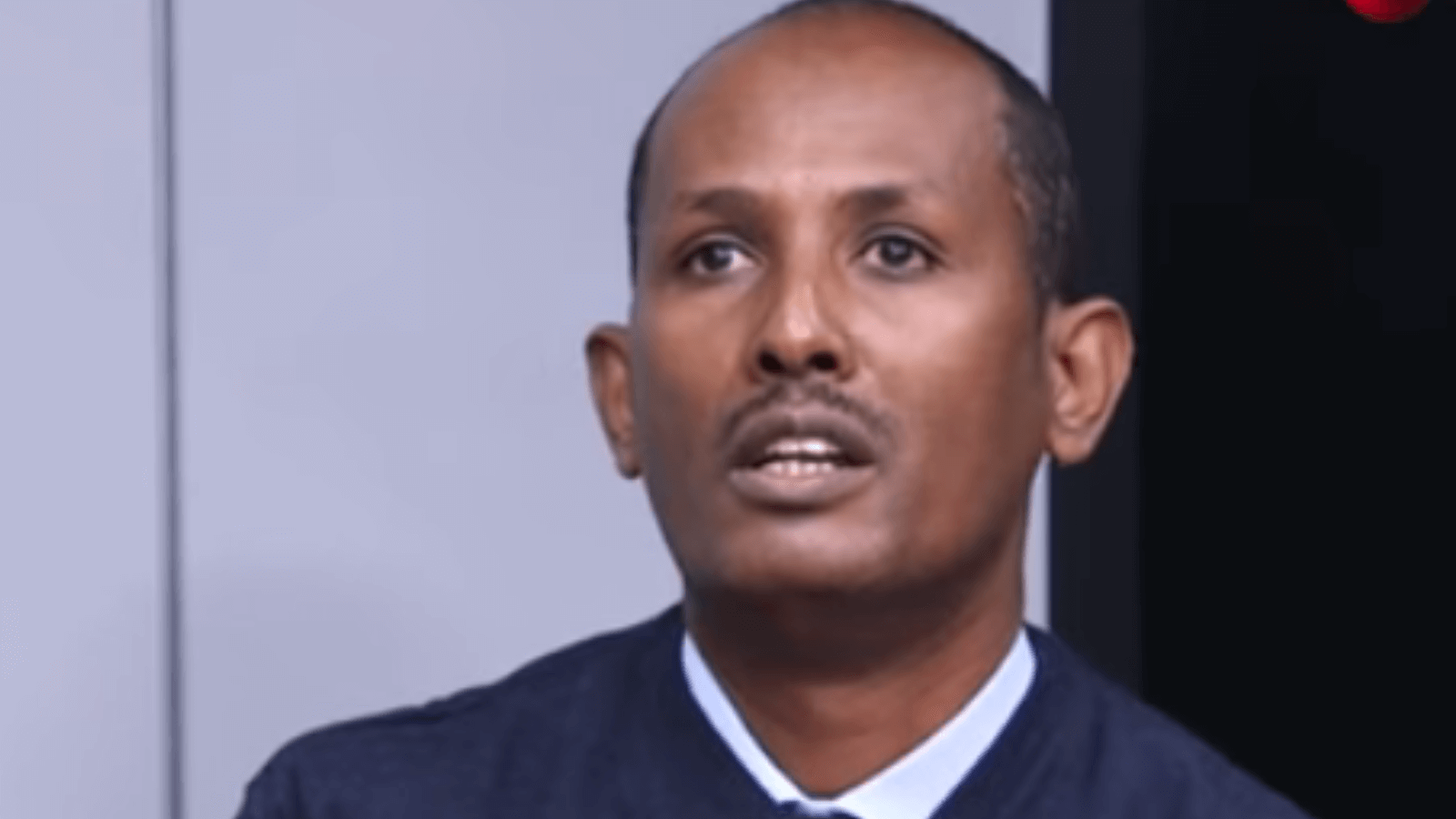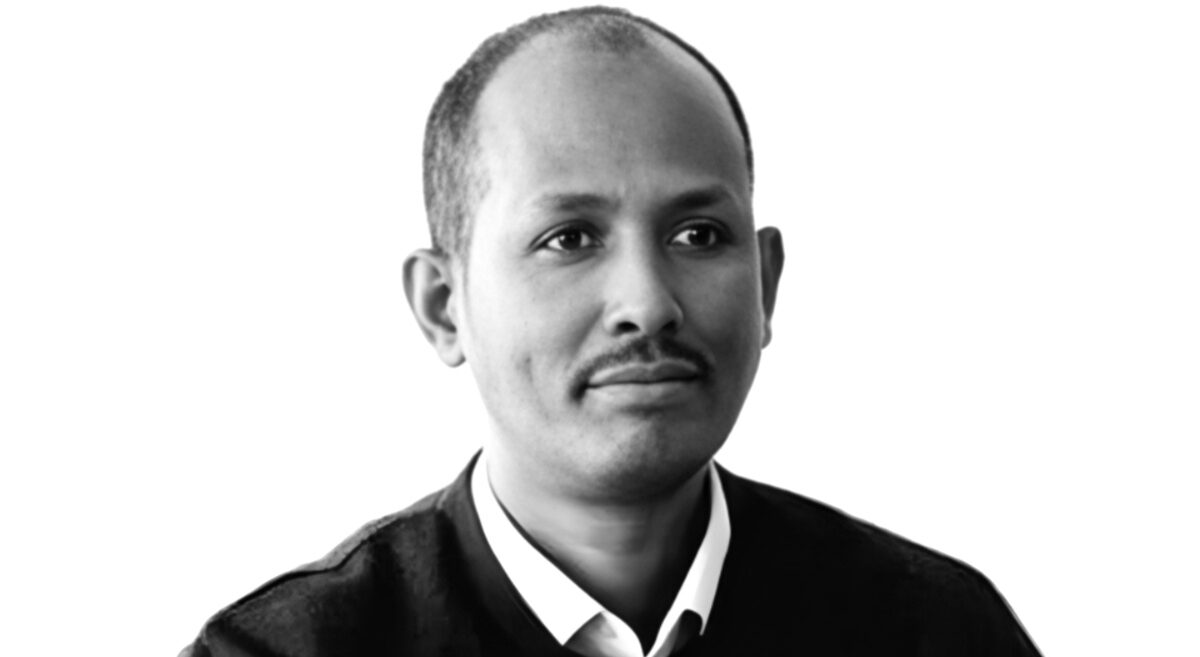News: Federal court delivers key verdict on 38 inmates charged in connection with Qilinto prison fire, downgrades terrorism charges to criminal charges
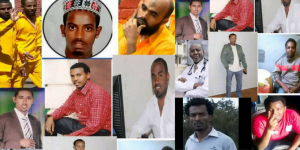 Pictures of some of the 38 inmates as compiled by social media activists and www.ethiotrialtracker.org
Pictures of some of the 38 inmates as compiled by social media activists and www.ethiotrialtracker.org
Mahlet Fasil
Addis Abeba, May 08/2018 – The the federal high court 4th criminal has today delivered its long awaited verdict involving 38 prisoner defendants charged with terrorism offenses after having been accused of arson at the federal maximum prison, Qilinto.
Today’s hearing has therefore determined who among the 38 inmates will walk free, who will begin to defend charges of ordinary homicide, and who will begin defending charges of escape of prison and arson. The court dropped the terrorism charges against the 38 defendants and downgraded the charges against 30 defendants to criminal charges.
Details
Accordingly, the court has ruled that eight of the 38 inmates: Nassir Degu, Naol Shameri, Kassim Genbo, Abdulahi Aliye, Ismael Bekele, Angaw Tegegn, Seife Girma, and Dinsa Fafa were free of all charges against them.
The court passed a verdict against four of the remaining 30 inmates to begin defending charges of “ordinary homicide”, and asked the four defendants to defend article 540 of Ethiopia’s criminal code. They are: 31st defendant Getacher Eshete, 32nd defendant Tofik Shikur, 33rd defendant Shemsul Seid and 34th defendant Fitsum Getachew. The charges against them can be punishable by rigorous imprisonment from five years to up to 20 years.
The remaining 26 defendants will begin defending various charges of attempt to escape prison and are charged under article 461/2 , article 464/2 sub article A and B (mutiny of prisoners) as well as article 494/2 (arson) of the criminal code.
Art. 461/2 deals with “escape of prisoner”. “Where the crime is committed by doing threats or violence towards persons, or by damaging property, the punishment shall be simple imprisonment not exceeding three years.”
Article 464/2 deals with “mutiny of prisoners”, where “the person who has organized or directed the mutiny is punishable: a) with rigorous imprisonment not exceeding five years where no act of coercion or violence has been committed; or b) where acts of coercion or violence have been committed, with rigorous imprisonment not exceeding ten years, subject to the application of more severe specific provisions where appropriate.”
Included in this charge are first defendant Captain Masresha Sete, a military officer; and 13th defendant, Swedish Cardiologist Dr. Fikru Maru. Dr. Fikru will be defending Art. 464/2 sub article B, under “mutiny of prisoners”. His specific charge deals with organizing and directing mutiny. The charge is punishable by a “rigorous imprisonment not exceeding ten years, subject to the application of more severe specific provisions where appropriate.”
Background
From the get go, the charges filed at the Lideta federal high court 4th criminal bench have contradicted the government’s initial statement that 21 inmates have died of suffocation during the fire and two were killed by prison security while trying to escape. The prosecutors said they were charging the 38 inmates, under the file name of inmate Masresha Sete, “for beating” the 23 inmates and making them “to burn to death.” The charge also accuses the inmates of having links to outlawed opposition organizations such as OLF and G7 while in prison and conspiring to start he fire.
Details of what caused the fire and the number of people killed have therefore remain disputed. On September 4, in an e-mail message received by Addis Standard, an eyewitness who said he was on guard the morning of Saturday Sep 3, said that “armed prison guards were indiscriminately shooting at prisoners”. Most of the prisoners were running “frantically to extinguish the fire,” according to the email from the eye witness. He said he had “seen about five prisoners gunned down in the spot by armed security guards from two different directions,” and added he has helped “18 bodies being taken out of the prison in the late afternoon. As far as I know none of the dead were due to the fire. They all died of gunshot wounds.”
However, an inquiry by the state sanctioned Ethiopia Human Rights Commission claimed that the fire was a “premeditated arson”. In April 2017, the former Commissioner, Dr Addisu Gebregziabher, told the House of People’s Legal and Administrative Affairs Standing Committee that prisoners have smuggled “combustible materials, drugs and lighters,” to start the fire. A charge vehemently denied by all the defendants. The accusation was also debunked from the several witness inconsistencies during the multiple hearings so far.
All the 38 defendants have been charged with other cases before the prison fire and were serving and or being held at the prison during the fire accident. Notable among the defendants are well know heart surgeon Dr. Fikru Maru, who was jailed for corruption and was serving four years and eight months term at the time the prison fire happened. On March 07. the federal Cassation bench overruled the federal Supreme Court’s decision to dismiss the corruption charges against Dr Fikiru and upheld the federal High Court’s sentencing, sentencing and a fine of 60, 000 ETB. AS


